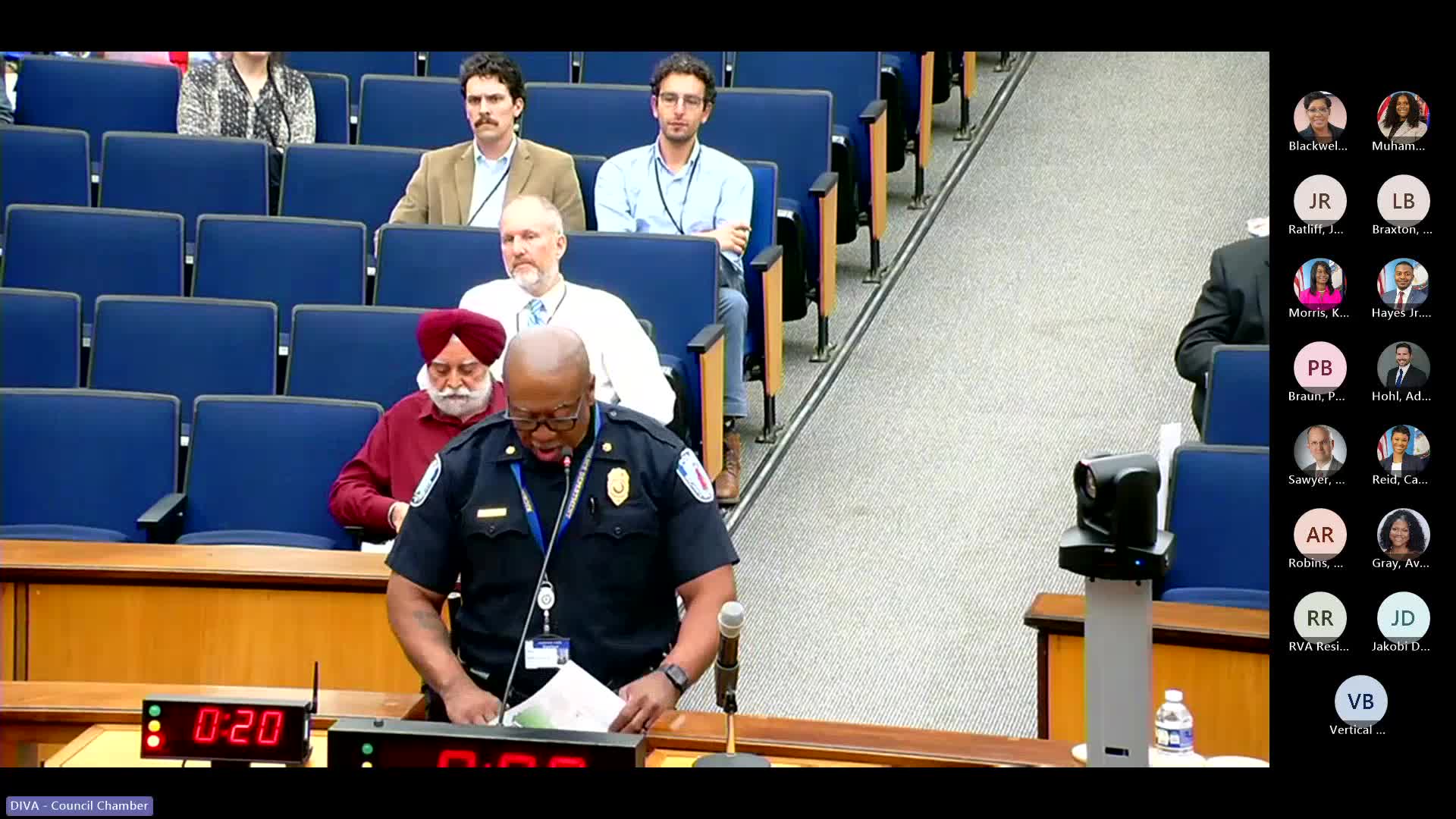City Council reviews $864K cost for expanding school speed camera program
May 21, 2025 | Richmond City (Independent City), Virginia
This article was created by AI summarizing key points discussed. AI makes mistakes, so for full details and context, please refer to the video of the full meeting. Please report any errors so we can fix them. Report an error »

The Richmond City Land Use, Housing, and Transportation Standing Committee convened on May 20, 2025, to discuss critical issues surrounding the city's speed enforcement camera program. The meeting highlighted significant financial implications and operational challenges related to expanding the program.
A key point of discussion was the cost associated with installing additional speed enforcement cameras in schools. Currently, the city operates 26 cameras across 13 schools under a five-year contract valued at $5 million. However, the existing contract limits the number of cameras, making it necessary to seek a new contract for any expansion. Estimates suggest that adding cameras for six more schools could cost approximately $864,000 annually, which includes both installation and operational expenses.
Committee members expressed concerns about the financial burden of expanding the program, particularly regarding the need for additional manpower to monitor the new cameras. The current contract does not allow for self-funding through citation revenue, as the vendor holds nearly $2 million that has yet to be recouped by the city. This lack of a mechanism to recover funds has raised questions about the sustainability of the program.
The discussion also touched on the potential for high-risk intersection cameras, which would require a separate procurement process and could incur additional costs. Unlike the school zone cameras, revenue from these high-risk cameras would not revert to the city, further complicating the financial landscape.
The committee acknowledged the need to lobby for changes in state law to allow localities to retain revenue from high-risk intersection citations. Without such changes, the expansion of the speed enforcement program may face significant hurdles.
In conclusion, the committee's discussions underscored the complexities of funding and managing the speed enforcement camera program in Richmond. As the city considers its next steps, including potential legislative advocacy, the financial implications will remain a central concern for both city officials and residents.
A key point of discussion was the cost associated with installing additional speed enforcement cameras in schools. Currently, the city operates 26 cameras across 13 schools under a five-year contract valued at $5 million. However, the existing contract limits the number of cameras, making it necessary to seek a new contract for any expansion. Estimates suggest that adding cameras for six more schools could cost approximately $864,000 annually, which includes both installation and operational expenses.
Committee members expressed concerns about the financial burden of expanding the program, particularly regarding the need for additional manpower to monitor the new cameras. The current contract does not allow for self-funding through citation revenue, as the vendor holds nearly $2 million that has yet to be recouped by the city. This lack of a mechanism to recover funds has raised questions about the sustainability of the program.
The discussion also touched on the potential for high-risk intersection cameras, which would require a separate procurement process and could incur additional costs. Unlike the school zone cameras, revenue from these high-risk cameras would not revert to the city, further complicating the financial landscape.
The committee acknowledged the need to lobby for changes in state law to allow localities to retain revenue from high-risk intersection citations. Without such changes, the expansion of the speed enforcement program may face significant hurdles.
In conclusion, the committee's discussions underscored the complexities of funding and managing the speed enforcement camera program in Richmond. As the city considers its next steps, including potential legislative advocacy, the financial implications will remain a central concern for both city officials and residents.
View full meeting
This article is based on a recent meeting—watch the full video and explore the complete transcript for deeper insights into the discussion.
View full meeting
